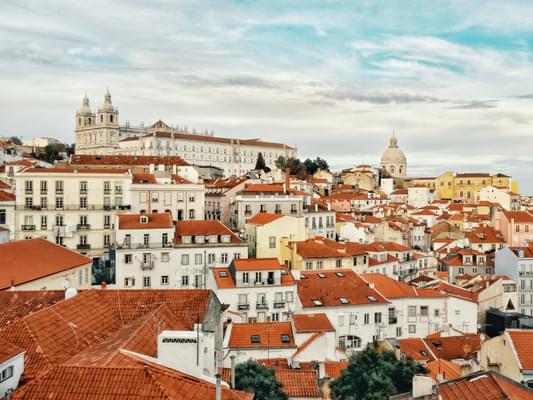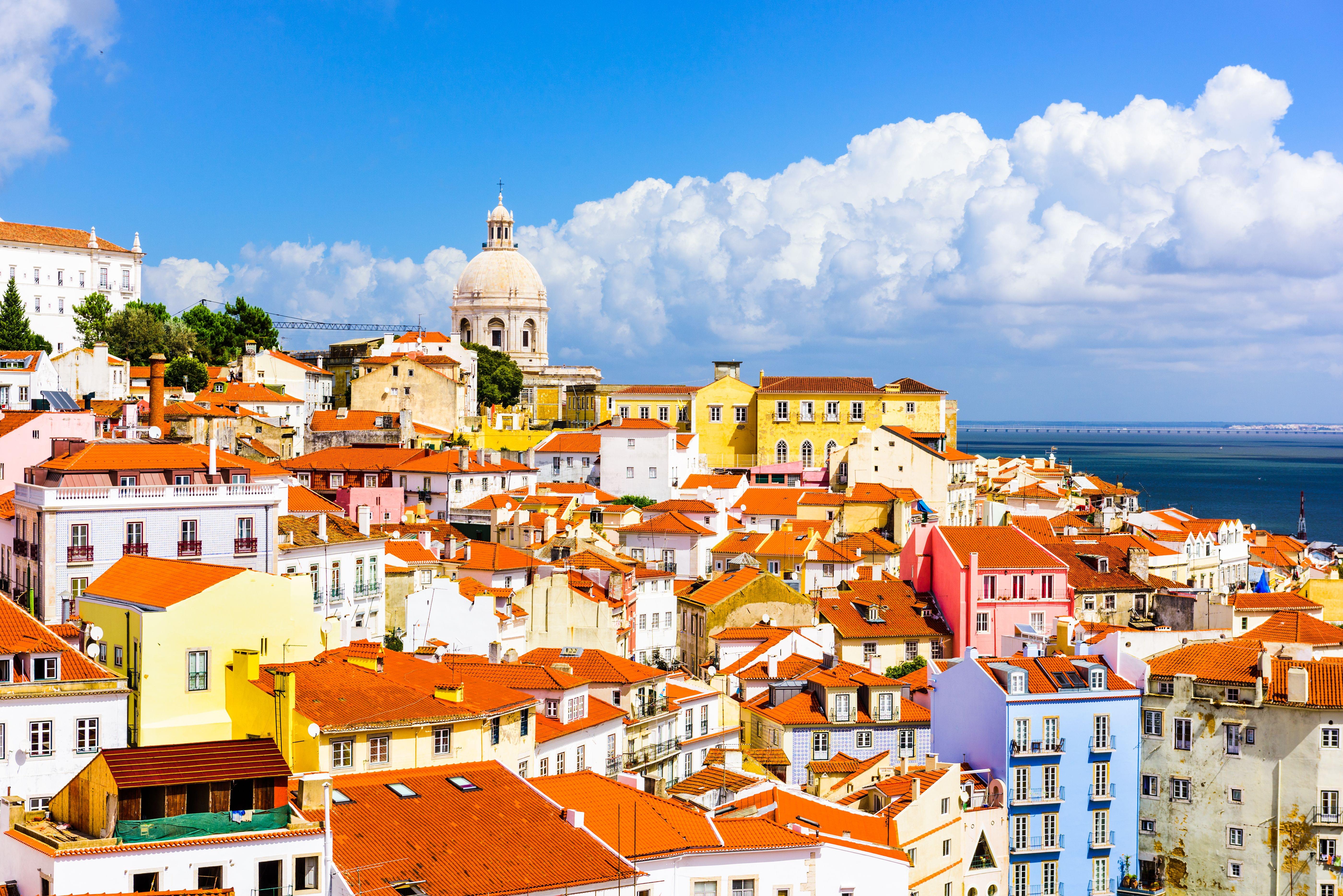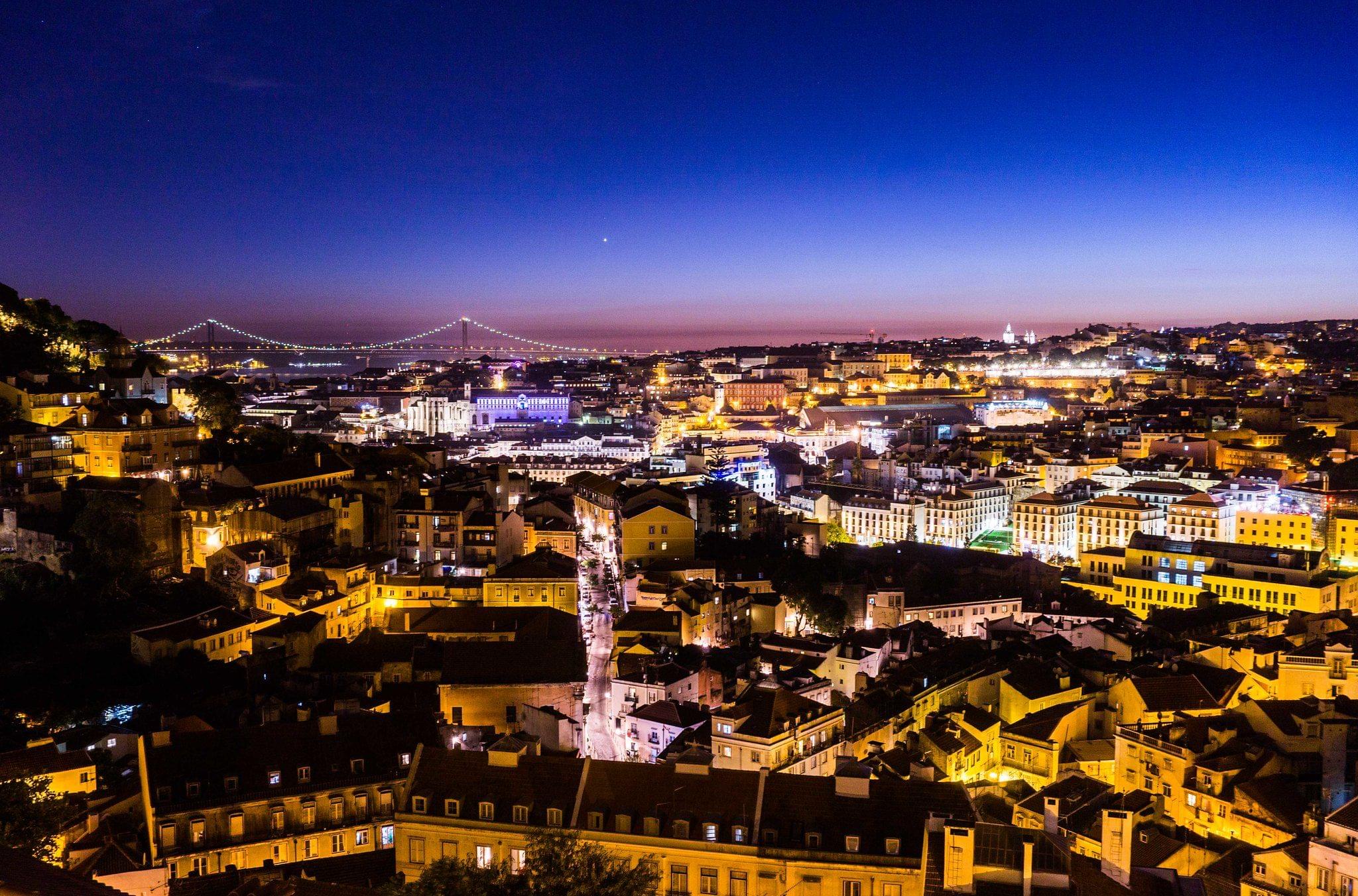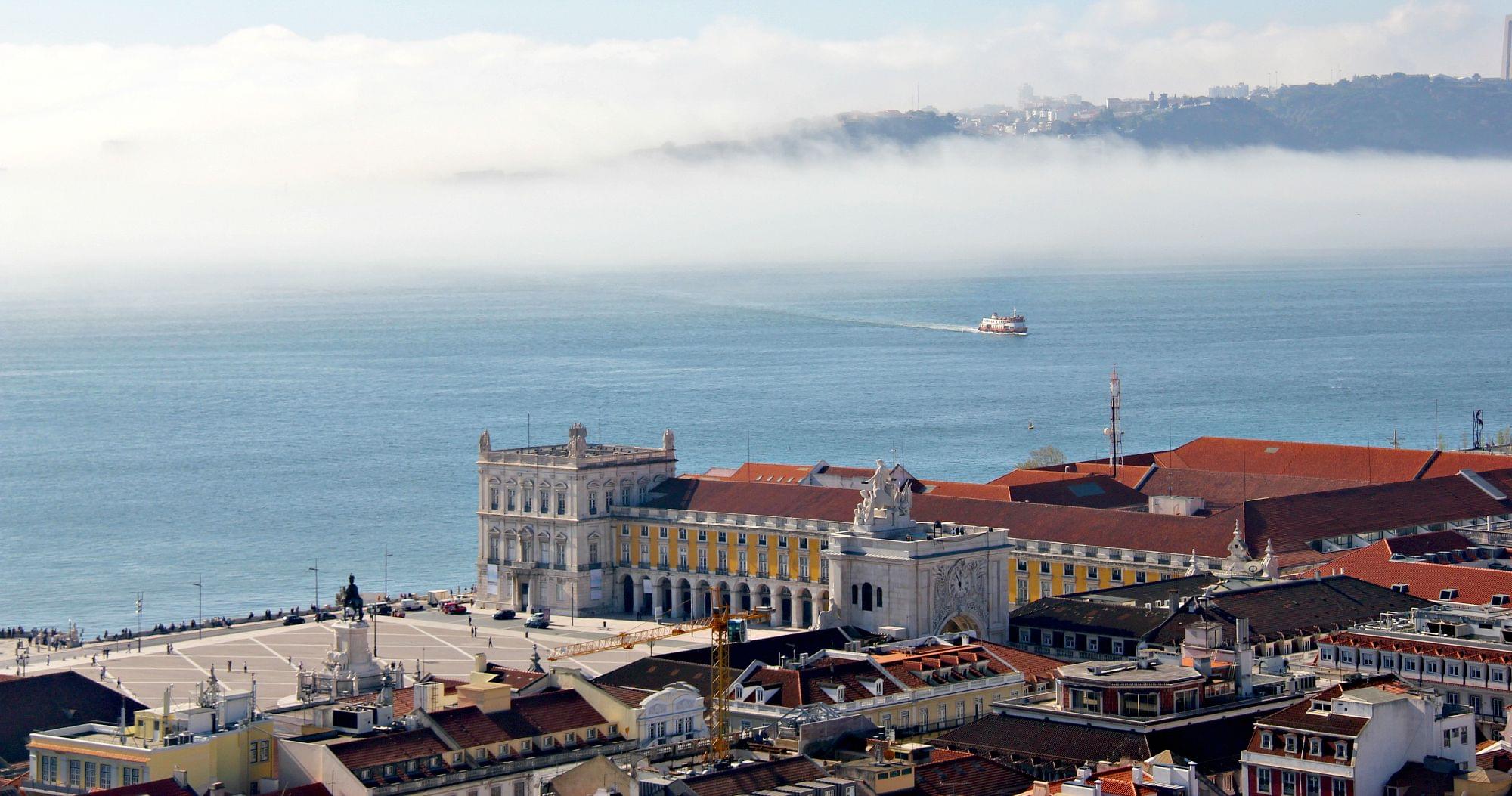About Places to Visit in Lisbon
Places to Visit in Lisbon
Amongst the most famous places to visit in Lisbon is the St George’s Castle, or Castelo de São Jorge. Said to be one of the most attractive monuments in the city, the castle sits atop a hill and overlooks Lisbon, while the majestic towers and walls encircling it add to the castle’s beauty. The earliest history of the Castelo de São Jorge dates back to the 12th century, when the castle served as the residence of the Moors.
Mosteiro dos Jerónimos, or the Jerónimos Monastery is one of the best places to visit in Lisbon, with its roots stretching all the way back to the 16th century. It is also one of the greatest landmarks of the country, in addition to being designated as a UNESCO World Heritage Site. Some of the major highlights of the Jerónimos Monastery include the magnificent South Portal and the beautiful Manueline Cloister, including the tomb of Vasco da Gama which lies just inside the entrance to the Santa Maria church.
The Oceanário de Lisboa ranks as one of the must see places in Lisbon, in addition to being the finest as well as the largest indoor aquarium in all of Europe. The aquarium was built for the Expo 98 World Exposition, and is home to an extensive selection of fishes, marine animals as well as numerous bird species. You can find four different sea and landscaped regions here, including the Atlantic, Pacific, Indian and the Antarctic Oceans.
Museu Calouste Gulbenkian, is amongst the top places to visit in Lisbon. In addition to being one of the most celebrated museums in Europe, it is also home to some of the most important private art collections in the whole world. In addition to having artefacts and artworks from ancient Egyptian period to the early 20th century, the museum also boasts of artworks from countries like China and Japan, as well as the Islamic World, in addition to impressionist paintings, French decorative arts as well as the jewellery of René Lalique.
Also known as the National Museum of Ancient Art, Museu Nacional de Arte Antiga is popularly known as one of the best places to visit in Lisbon. Home to the largest collection of 15th and 16th century Portuguese paintings in the whole country, the museum also boasts of having a great collection of oriental, African as well as European works of art. It is tucked within a 17th century palace, and is built on the remains of the Saint Albert Carmelite Monastery.
Considered to be one of the must see places in Lisbon, Museu do Oriente, or the Museum of the Orient is located near Alcântara, and is particularly known for its spectacular collection of oriental art which was built by the Fundação Oriente. The collection here is categorised into different forms of oriental art, especially Chinese artworks, in addition to other works from India, Japan, Myanmar, Macau as well as Timor. Some of the major attractions here include a huge 17th century teak door from India, a suspended boat-shaped cradle from Macau, as well as terracotta figurines from China.
Torre de Belém, or the Belém Tower is said to be the most famous of all places to visit in Lisbon, located near the mouth of the River Tagus, and an important symbol of the country’s Age of Discovery during the 16th century. The tower was a part of a fortress that was built between 1515 to 1521, and is considered to be a masterpiece of the Manueline style of architecture. It is also protected as a UNESCO World Heritage Site.
The National Museum of the Azulejo, locally known as Museu Nacional do Azulejo, is the national tile museum and one of the best places to visit in Lisbon. This is an important art museum in the city, dedicated to the azulejo, which is the traditional tilework of Portugal as well as the ornate Igreja Madre de Deus. The museum is tucked within the church of the Convento da Madre de Deus, and has a wide array of tile artefacts and displays, some of which date back to as early as the 15th century.
In addition to being one of the top places to visit in Lisbon, Arco da Rua Augusta is also one of the best places to catch sights of the Praça do Comércio riverfront square of the city. It is a 19th century arch and landmark of Lisbon, which was designed to commemorate the reconstruction of Lisbon after the earthquake in 1755. You can also get all the way to the top of the arch, which boasts of a terrace which also has an allegorical statue of Glory on top of it.
The ruins of the Carmo Church, or the Igreja do Carmo, are the best places to visit in Lisbon to gain insights about the history of the city. Known for its Gothic design, the church is said to have been constructed sometime between 1389 and 1423. It was destroyed by the devastating earthquake in 1755, and has since remained in ruins. In addition to marvelling at a Visigoth pillar, you can also see a Roman tomb and two ancient mummies here.
Known to be amongst the most famous places to visit in Lisbon, the church and museum of São Roque, also known as Igreja-Museu São Roque, date back to the late 16th century, and are some of the most religiously significant sites in the city. Oozing a Renaissance façade, the monument is complete with gilded woodwork, in addition to marble as well as azulejos or traditional Portuguese tiles. You can also find several chapels here, including the famous Capela de São João Baptista, along with the mosaic of The Baptism of Christ.
The Núcleo Arqueológico is another major attraction of Lisbon, and is an archaeological museum located beneath Rua Augusta in the Baixa district of the city. The museum is built around excavation sites which were home to the remains of the dwellings from the Iron Age. It is here where you can find a myriad of age-old artefacts, including other interesting displays, located in the subterranean galleries. Highlights of the museum include the only visible roman mosaic in Lisbon, from the 3rd century, in addition to several baths and fish-preservation tanks as well as a Visigoth burial site which has a 30-year-old male skeleton.
FAQ's
Is Lisbon Portugal worth visiting?
Yes, Lisbon Portugal is definitely worth visiting. In addition to being a popular tourist destination, it is also known for its rich and varied past. Complete with a unique historical centre, the city also has spectacular architecture, scenic natural landscapes as well as delicious food, which makes it a great place for a holiday.
What is Lisbon best known for?
Lisbon is best known for its amazing nightlife, colourful tiled buildings as well as landmarks like the Belem Tower and Jerónimos Monastery. It is also famous for its age-old colonialist history, and spectacular views from the hills from St George’s castle or Alfama. Furthermore, being a popular place to tuck in to delicious food, Lisbon is also known for its seafood dishes and delicacies like Pastéis de Belém.
What is the best time to visit Lisbon?
The best time to visit Lisbon is between March to May, and then from September to October. These are the months when the weather in the city is warm, yet pleasant, and there are lesser crowds in Lisbon. In addition to exploring the city and its attractions without having to deal with a lot of rush, you can also enjoy low airfare and accommodation rates.
How many days do I need in Lisbon?
You need around 3 to 5 days in Lisbon, since this much time is sufficient to explore all the major attractions in the city, whilst also heading to the nearby destinations.
What are some of Lisbon’s most popular attractions?
Some of the most popular attractions in Lisbon are the National Azulejo Museum, Moorish Castle, Vasco Da Gama Bridge, Cristo Rei Statue, Pena Palace, the Monument of the Discoveries and Arco da Rua Augusta.
What are the best places to visit in Lisbon, Portugal?
The best places to visit in Lisbon Portugal include the Castelo de São Jorge, Mosteiro dos Jerónimos, the Oceanário de Lisboa and Museu Calouste Gulbenkian. Some of the other places that are quite popular amongst locals and tourists include the Museu Nacional de Arte Antiga, Museu do Oriente and the Torre de Belém.
Why Pena Palace is so famous?
If you're planning a trip to Portugal, don't miss the chance to visit the stunning Palacio de Pena, located in the picturesque town of Sintra. This colorful and eclectic palace is a must-see attraction, known for its unique blend of architectural styles and breathtaking views of the surrounding countryside.
















